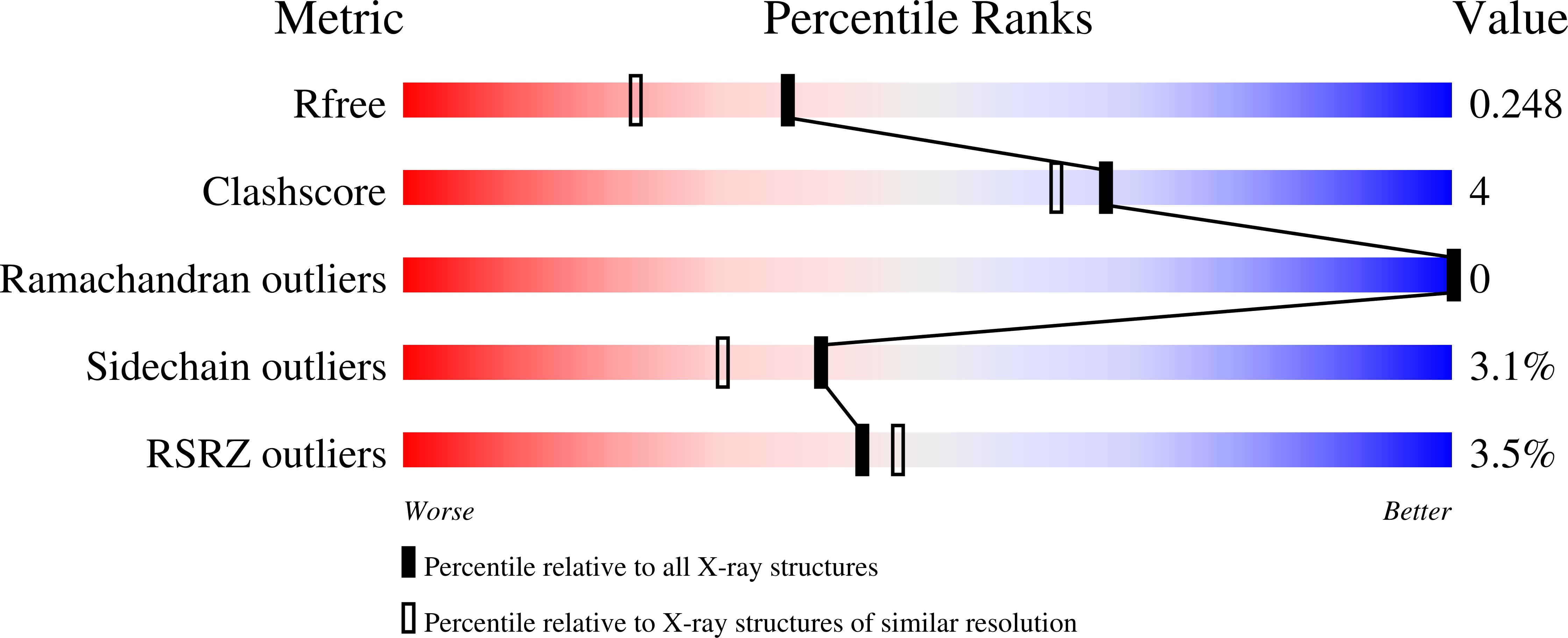
Deposition Date
2019-08-21
Release Date
2021-02-17
Last Version Date
2024-01-24
Entry Detail
PDB ID:
6SM0
Keywords:
Title:
Venus 66 p-Azido-L-Phenylalanin (azF) variant, dark grown
Biological Source:
Source Organism:
Aequorea victoria (Taxon ID: 6100)
Host Organism:
Method Details:
Experimental Method:
Resolution:
1.91 Å
R-Value Free:
0.24
R-Value Work:
0.19
R-Value Observed:
0.19
Space Group:
P 21 21 21


